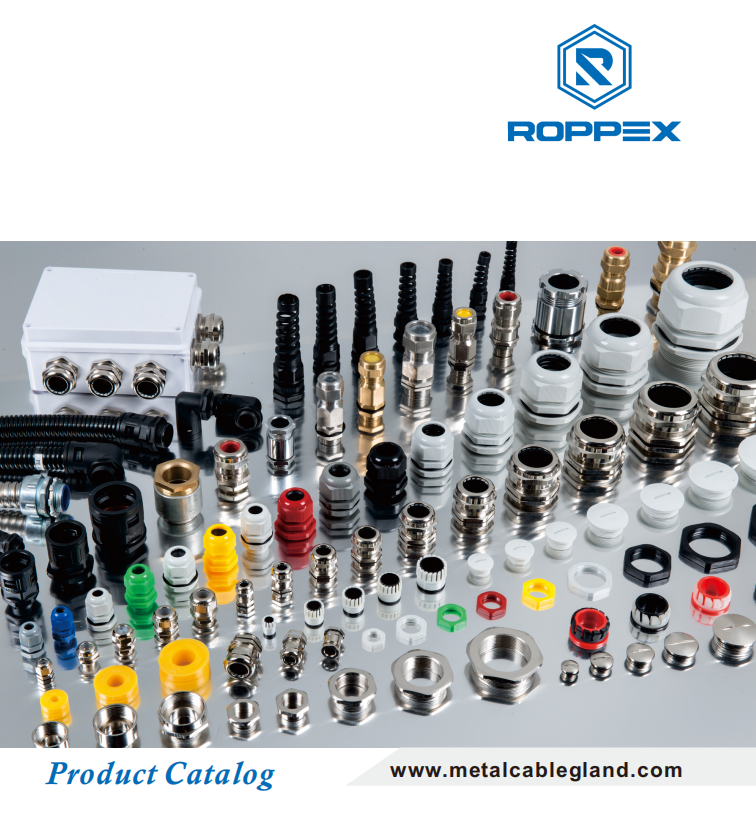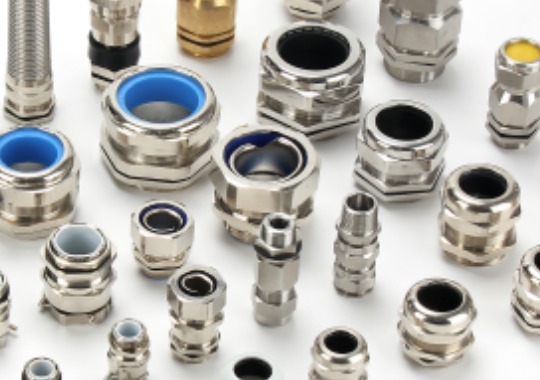Strain Relief Connector
Strain relief connector also named cable gland or cord grip connector, it provides ideal strain relief for the entry electrical cable with IP68 waterproof protection degree.
The strain relief connector could release the stress of the cable connections to avoid them breaking in various applications, and also reinforce mechanical strength and electrical integrity.
Strain relief connector has many different types by materials such as stainless steel strain relief connector, brass strain relief connector and nylon cord connector, all of these connectors has same functions of strain relief but with different applications and performance.
Strain relief connector sizes from 1/4 inch to 6 inches and even bigger according to customer’s requirement, it could also be designed be the straight type or 90-degree shape.
CEO Notes
Hello, thank you very much for your interest in our strain relief connector. If you are looking for strain relief connectors for electrical cable applications, you are in the right place now. We could provide you with all types and clamping sizes of the cord grips as you need, please send me your detailed specifications for our quick quotation now! Thanks!
Strain Relief Connector Buying Guide
Introduction
There’s always a necessity for strain relief connector.
It could be your office, home, or any property in any setting, which needs those entities.
You will find different types of strain relief for cords in the market.
Some of these are:
- Stainless steel strain relief connector
- Nylon strain relief connector
These connectors fit a different environment and industry.
You will also find a plethora of distributors and manufacturers of such practical devices.
In this post, we will educate you on the uses and functions of the strain relief connector.
We hope that you’ll have a better understanding of the FC connector at the end of this guide.
Chapter1: Strain Relief Connector Definition: What is Strain Relief Connector?
You will find a lot of accessories, which make up a working system that is worthy of its investment.
It takes a lot of accessories for the system to work to excellence.
One such vital piece of connecting, which serves as a crucial interface, is the strain relief connector.
Meaning of Strain Relief Connector
Famous otherwise as a strain relief connector as well, strain relief connectors perform the essential function of linking and securing the end of the cable to a piece of equipment or device.
The key function of the wire gland is to offer strain relief.
It connects the cable to the desired equipment.
The kind of strain relief connector, you plan to have would have to utilize would vary on the type of equipment.
It also depends on the kind of connectivity you strive to have.
It also includes the kind of cable at hand.
Aside from its function in offering connectivity, the socket also comes as a sealant.
It serves as a seal to the cables, which pass over the gland plates.
Functions of Strain Relief Connector
This is a device developed to allow the entry of a cable, insulated conducted, or flexible cable into an enclosure.
It offers retention and sealing.
It also offers substantial functions like:
- strain relief
- cable guarding
- insulation
- bonding
- earthing
- a combination of those
They are a mechanical fitting, which develops part of the electrical installation material.
Sealing the cable from moisture and dust, making sure maximum protection to the enclosure is the most vital feature of liquid tight strain relief cord connector.
In short,
Cable connectors serve as a protective barrier for the end of the cable.
They make sure that your cable is housed securely to its equipment.
It safeguards the ends of the cables from abrasion in an industrial setting.
They are utilized as a termination and sealing device to guarantee that the features of the enclosure can be sustained.
- Strain relief connector offers substantial functions like strain relief, cable guarding, insulation, bonding, earthing or a mix of all.
- It also guides in the retention of the cables.
It might be in the case of an external force on the cable.
Hence, guarantees resistance to force.
- It offers environmental protection as well.
It is achieved by sealing, stopping the moisture and dust from entering the cable or enclosure.
- This is a device made to ease the entry of a cable, insulated conductor or flexible cable into an enclosure.
Applications
Canfield connectors are created for use with all kinds of:
- fire rated cables
- data telecommunication cables
- instrumentation
- control cables
- electrical power
They are utilized as a sealing and termination service.
That’s to guarantee that the attributes of the enclosure, which the cable passes, could be sustained sufficiently.
Other types of strain relief connectors according to functions provide:
- gas sealing features and;
- explosion protection features
These are ideal for use in hazardous industries.
Different Types of Strain Relief Connectors
Different Types of Strain Relief Connectors According to Different Materials
You will find a wide array of materials, which could be utilized for manufacturing a watertight strain relief connector.
Some of them are:
- stainless steel
- nylon
- brass
- aluminum
Each of them has its applications, and your decision should be in line along with the purpose that you’re looking for a cable tension relief.
On the other hand;
Nylon strain relief connectors are best fitted for use when the presence of flammability is at risk.
You see:
Nylon has a high resistance to burning.
That means it melts in the incidence of high temperatures.
It offers some level of protection.
Nylon strain relief connectors are developed in a wide array of colors to determine their function.
Nylon strain relief connectors are developed to endure corrosion and other dangerous environmental factors than its metal counterparts.
Stainless steel strain relief connector types are also available.
These are ideal if you need added corrosion resistance in an industrial environment.
They are accessible in a wide array of thread styles and sizes.
This includes PG, NPT, and metric.
You will find NPT wire gland, which is made of UL-approved nylon 66 material.
It features black and silver gray colors.
Mostly, they are utilized predominantly for outdoor applications.
The wire gland is made to fit a wide array of clamping ranges to accommodate various types of cables.
Along with its purpose of offering connectivity, there’s the function of offering water- and dustproof setting the cable to work.
NPT glands can endure a wide array of temperature from -40 degrees Fahrenheit, along with an intermittent temperature as high as 300 degrees Fahrenheit.
Such special strain relief connectors have IP68 rate protection of five bars.
That enables high performance against water and dust.
They are very durable and strong as well to resist against strain.
Different Types of Strain Relief Connectors According to Different Functions
Spiral type of flat cable strain relief connectors has excellent sealing and locking qualities.
They can endure a wide array of temperatures.
Some of them can endure very high temperature recurrently too.
This type of seal tight connector is ideal if you need enhanced support or arch of the bend.
They stop sharp kinks or bends in the cable for added protection when flexing or bending is a concern.
Meanwhile:
EMC strain relief connectors feature fingers with bigger contact surfaces.
This is to enable lower contact resistance on woven foil shields or cable braid.
They enable simple insertion of the cable from the side without ruining the cable shield.
Different Types of Strain Relief Connectors According to Different Threads
There are at least four different types of strain relief connectors according to threads:
- G Thread Strain Relief Connector
This interconnects and seal pipes and fittings through matting an internal female thread and external male thread.
- NPT Thread Strain Relief Connector
These are used for pressure tight sealing, rigidity or both.
They are made of both tapered and straight ahead series.
- Metric Thread Strain Relief Connector
These are the most popular type of screw thread.
- PG Thread Strain Relief Connector
This is used to unit pieces of electrical conduit and Strain Relief Connectors.
Different Types of Strain Relief Connectors According to Different Shapes
You will also find the right-angled wire gland, which is made as to the similar material as the NPT wire gland.
This type of strain relief connector is designed to allow the flawless passing and connectivity of the cable for a particular case.
You could weigh the options you have when it comes to PG wire gland and metric wire gland.
These are made of nylon, both perfect for outdoor applications.
A 90-degree, snap elbow connector also accessible in non-metallic material.
It could be submerged into any liquid of up to 130 feet.
Apart from right-angled, there are other shapes too:
- 45 degrees strain relief connector
- 90 degrees strain relief connector
Different Types of Strain Relief Connectors According to Different Compression Types
Single compression gland is a type of cable connector that is widely utilized in small industries and buildings.
You can use this type of strain relief connector for those flat armored cables.
On the other hand, there’s double compression gland.
This type of strain relief connector is utilized in:
- gas plants
- power plants and
- oil plants
You can use double compression glands for those round-armored cables.
How Does A Strain Relief Connector Work?
A strain relief connector goes by many names and is also referred to as a fitting or a connector.
What it does essentially is it helps a cable to the specific piece of equipment which requires it.
The strain relief connector is what stops any strain on the piece of the machinery.
The connection is established based on the type of cable, which has been made to go with.
In other cases, the option of adding a means of electrical connection to either the braid or the armor is made as well.
Liquid tight cord grip connectors also find use as a part of the sealing cable, which goes over major bulkheads.
Chapter2: Strain Relief Connector Parts Name
Below are the different components of a strain relief connector and their corresponding functions.
Lock Nut
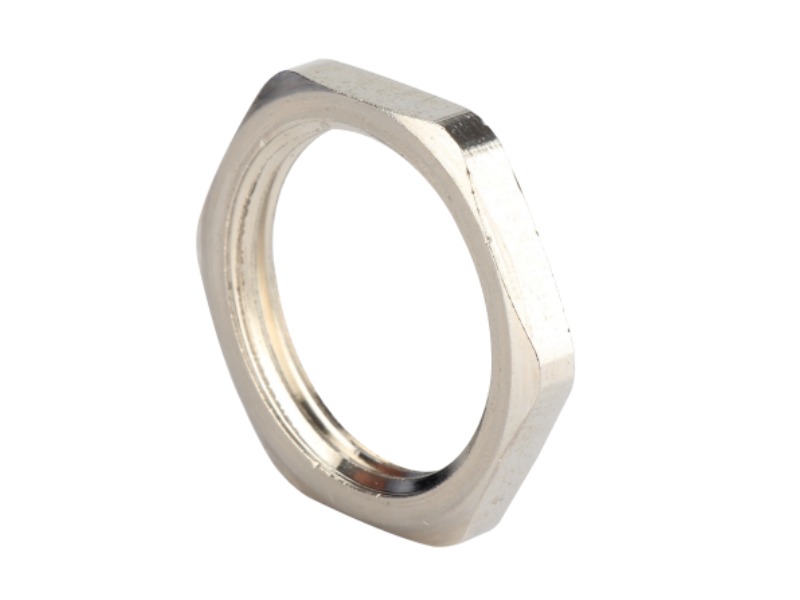
This is the elastomeric sealing ring, which has a V-groove.
That establishes a downward seal on the inner cable bedding once the similar compressive force is applied to both sides of the seal.
Displacement sealing has a figure in the form of a taper that is pressed ahead into the taper on the gland.
Body
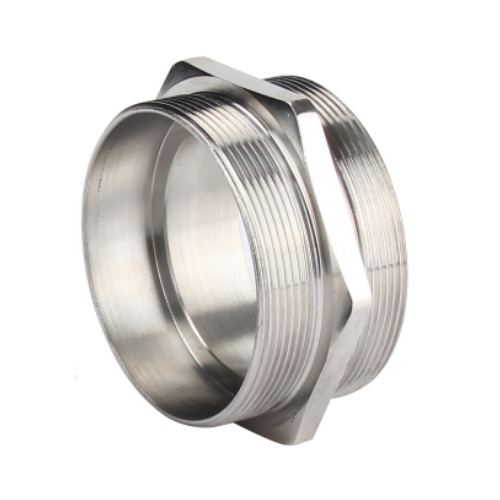
The body armor accommodates the power cable.
It also supports the clamping cable to the external body.
Seal
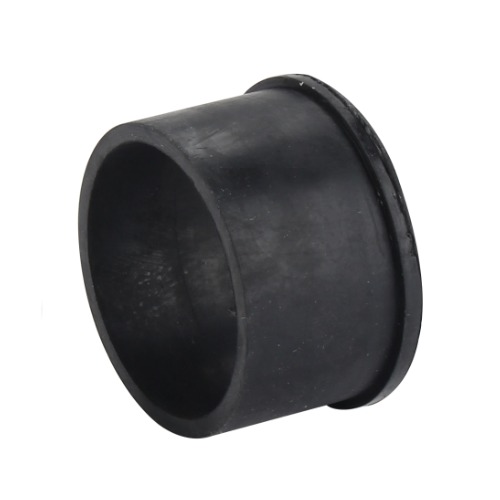
These are employed to offer ingress protection into the assembly of the strain relief connector.
Claw
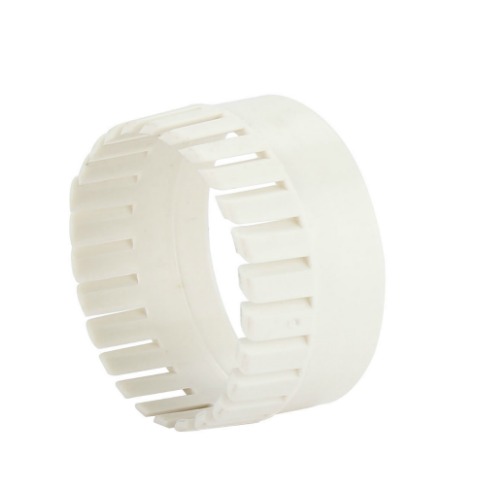
This is utilized to lock the cable armor and support the cable within the gland body armour lock
Thread Lock Sealing Nut
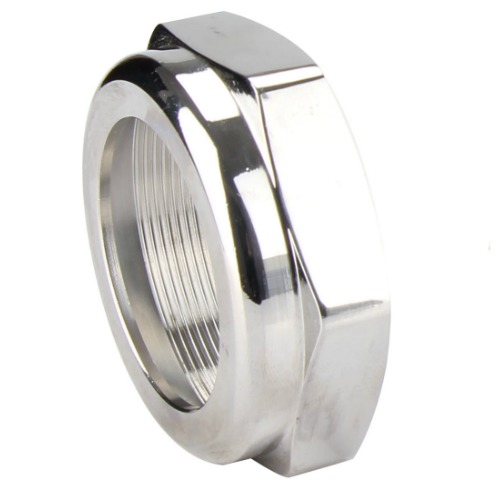
The compression ring is utilized to accommodate mechanical seal.
It also offers outer sealing to the cable.
Chapter3: How to Install Strain Relief Connector?
A frayed cable could create a manifold of problems.
This might include elimination or total loss in data transmission.
You see:
Machinery within the industrial sector needs consistent and constant data transmission to function properly.
Thus, each safety precaution must be taken to keep this.
Strain relief connectors are very simple to install.
You could end up saving you cash in the long run.
That’s because your cables won’t need as much maintenance as if they’re exposed without a protective strain relief connector.
Installation Procedure
- Strip the connector by unscrewing the entry component from the rest of the connector.
- Strip back the armor and the jacket to fit the equipment geometry.
Disassemble the jacket a further length.
Strip back and eliminate the inner jackets, tapes, and fillers.
- Pass the armored space along with the nylon end stop through the conductors.
- Pack the compound to the crutch of the cable.
In case the cable has an uninsulated grounding conductor, then open and apply the compound among the individual strands.
- Insert the compound tube throughout the conductors till it’s situated on the armor spacer.
- Pass the entry item carefully through the compound tube and conductors.
Tighten them to the connector body, which will constrict the compound tube to the armor spacer.
Get rid of the entry item and clean off any excess compound from the tube.
You can now re-apply the entry component and leave to cure.
After the compound has cured, you can unscrew the entry item from the rest of the cable connector and install it to the equipment.
You can re-attach the connector assembly and tighten the body to engage the spring.
Make sure not to over-tighten it.
Ultimately, tighten your outer seal nut ‘til the seal has engaged on the outer sheath.
How to Remove Strain Relief Connector?
The whole idea of a strain relief connector is that once you tug on the cables, they do not pull out.
So, what if you want to remove the connector?
Worry no more.
You can easily spread a pair of combination pliers and grip it.
Slowly squeeze the small part down on the wire harder.
As you do so, you can pull the entire thing out.
You can rock it to one side to begin.
Get one side free, and the other will come out easier.
Conclusion
You will also discover dimension features, which you could work to get the ideal fit of wire gland for your needs.
These include the:
- the size of the mounting hole
- thread size
- color
- variable clamping range
That would make it easy for you to make the ideal buying decisions for your individual needs.
Depending on your needs, you can buy strain relief connectors from your local electrical good or local hardware stores.
Nonetheless, if you have a bulk purchase, you can order them straight from manufacturers online.
But make sure that you consult their catalogs first.





